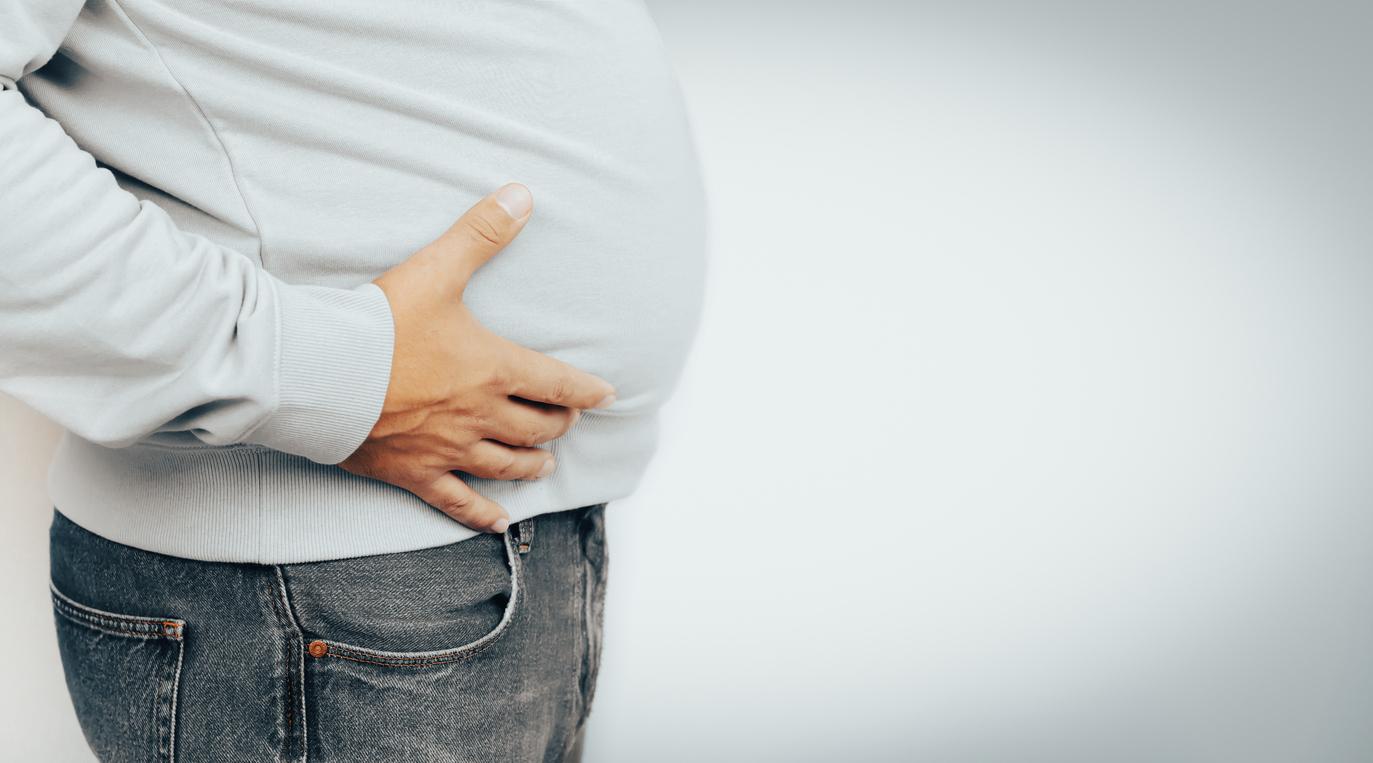THE’childhood obesity is a growing phenomenon: according to the World Health Organization (WHO), worldwide, in 2013, 42 million children aged 0 to 5 were in overweight or in a situation of obesity – 35 million of them lived in developing countries, mainly on the African continent. “If the current trend continues, the number of overweight infants and young children will reach 70 million by 2025” specify the health authorities.
However, according to a new study carried out by Washington University in St. Louis (in the United States), mothers who are themselves in a situation of overweight and / orobesity tend to underestimate the real weight of their toddlers …
To reach this conclusion, the researchers worked with 230 overweight and / or obese women: they were all happy mothers of young children, in kindergarten … Verdict? To the question “Is your child overweight?” “, 40% of mothers underestimated the reality: they considered that their child presented” an absolutely normal weight “while this one was obese or overweight. Conversely, 20% of the participants “only” admitted that their child had a weight problem.
The body curve, an objective reference
“It’s problematic,” summarize the researchers who have published their work in the specialized journal Obesity Science & Practice. How could these children regain a normal weight if their situation is not already recognized by those around them? “
How do you know if a child is suffering from childhood obesity? It’s a question of mathematics: first, you have to calculate your Body mass index (BMI) – we divide the weight (in kg) by the height squared (in meters). The number obtained is then reported in the corpulence curve present in the child’s health record. When the BMI is above the 97th percentile, the child is obese. Otherwise, just ask your pediatrician …
To read :
Being overweight would promote urinary incontinence
There is a gene for obesity


















